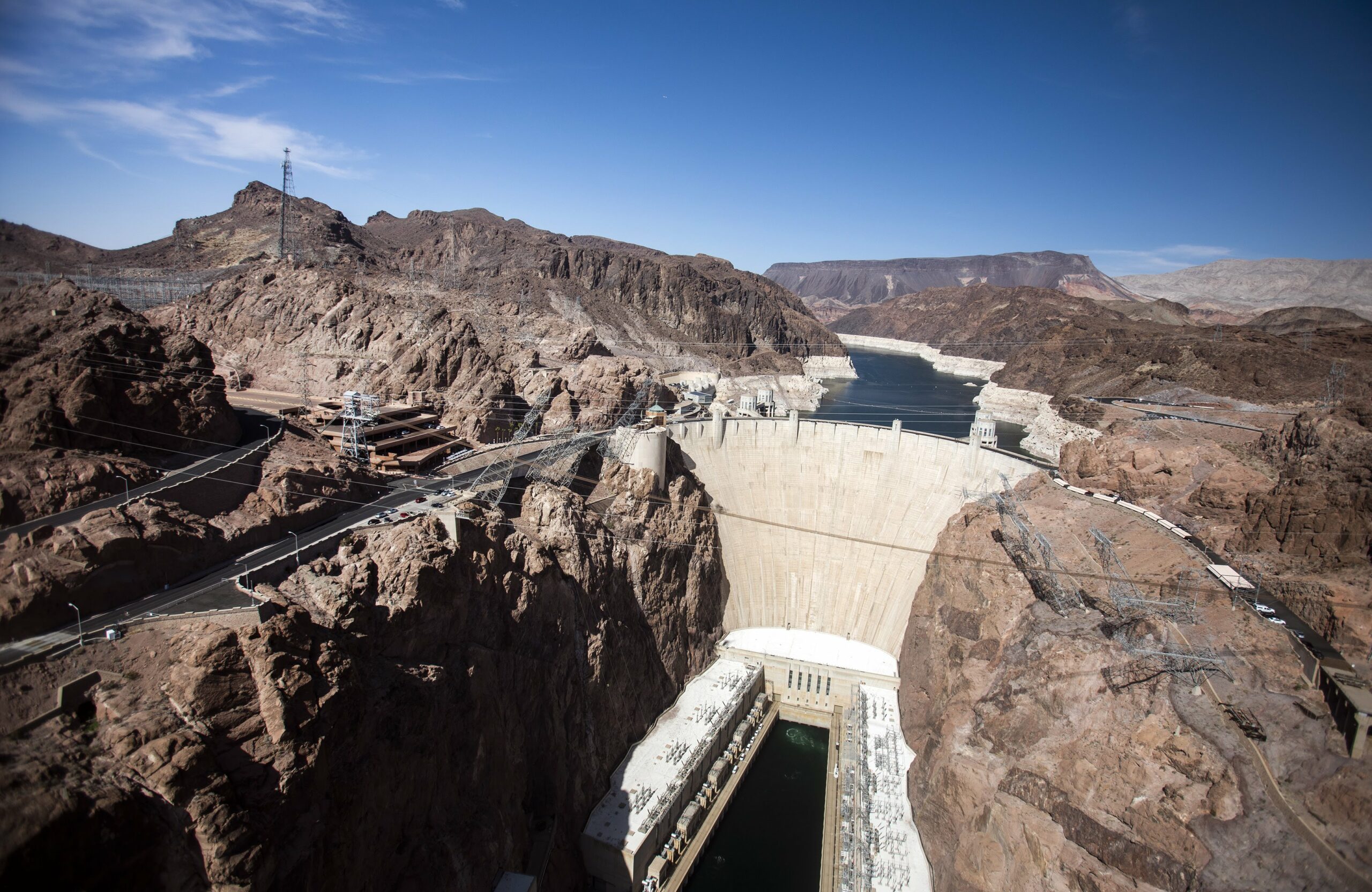OPINION: Nevada’s high hazard dams are like the national debt

We would like to pay off the national debt, but will Congress go beyond promises and stop the “tax/borrow and spend” that created an annual interest obligation higher than our military budget? We would also like to fix Nevada’s aging high hazard dams, but other pressing priorities are easier for elected officials to address.
This does not indict our officials for neglect, it’s just a reality that any of us might agree with if faced with their options. For them it is like picking their favorite child when it comes to allocating funds — not easy. Another factor that kicks our infrastructure weaknesses down the road are these lyrics to a song made famous by Peggy Lee:
"The window she is broken and the rain is coming in
If someone doesn't fix it I'll be soaking to my skin.
But if we wait a day or two the rain may go away.
And we don't need a window on such a sunny day.
Manana, manana, manana is good enough for me."
This often puts us in a reactive mode with much of our infrastructure, including dams. If a dam bursts, we deal with the aftermath: death and injury; extensive property and infrastructure damage; higher insurance rates; and overcoming the physical, emotional and financial toll by those with varying ability to recover. Two other consequences are the psychological trauma suffered by children, and the suffering and loss of life of pets and wild animals, something that is often overlooked in natural and man-made disasters.
Washoe County has 76 dams listed in the National Inventory of Dams that have an average age of 58 years and are classified as “high” hazard. The inventory classifies dam hazard (threat to population if failed) as either “unclassified,” “low,” “significant” or “high.” Population and development that could be affected by a dam’s failure is likely low when a dam is built. Then “hazard-creep” sets in as an area’s growth approaches a dam’s projected flood zone in the event of failure.
A prime Washoe County example is the Huffaker Effluent Storage Reservoir Dam. Wild wetlands lay below when it was built in 1992. Today, being just north of extensive developments near South Meadows Parkway and Veterans Parkway, this area is heavily populated. This earthen-faced stone and concrete dam is 138 feet high, 1,066 feet long and can hold back approximately 4,200 acre-feet of water (427,000 cubic yards). If spread over 1,000 acres, it would be roughly 4 feet deep. It has no spillway. Its maximum discharge rate is 20 cubic feet per second. The National Inventory of Dams classifies it as in “fair” condition and “high” risk” — due to population density below the dam.
Clark County has 122 dams listed in the National Inventory of Dams with an average age of 30 years, 99 percent of them are classified as “high” hazard. Hoover Dam, completed in 1935, comes immediately to mind. It is 730 feet high, 1,244 feet long and can hold back 30 million acre-feet of water. It is constructed with steel-reinforced concrete and is aided by gravity. Barring an unimaginable natural or man-made disaster, it appears relatively safe.
Our most prominent dams may be the best monitored and maintained, while some of the smaller dams and those privately owned may not be as safe as possible.
No matter a dam’s perceived safety, three wild cards come into play: earthquakes that cause liquefaction of earth fill, hidden underground leakage and global weather change that can increase the intensity of heat waves and storms. Keep in mind a simple formula for determining hydraulic pressure at depth is .433 times feet. The pressure at the bottom of a 100-foot-high dam is 43.3 psi. The higher the dam, the greater the pressure on cracks, porous areas and impermeable liner flaws.
So what does this mean?
Nevada’s phenomenal growth, especially in the Las Vegas and Reno regions, has turned our once distant dams into threats in the event of their compromise by hydraulic pressure and saturation, seismic activity, pump and gate failures, extreme heat or runoff, or failure of an upstream dam(s) such as those at California’s Boca and Stampede reservoirs. There are so many dams and only so much money to go around for maintenance and construction priorities.
“The squeaky gate gets the oil” and we are very occupied with infrastructure opportunities and risks more visible in our daily lives.
When there is a dam failure, let’s take a sober look at remedial actions moving forward and use less oxygen on finger-pointing.
Municipal, county, state, federal and private companies (mining and agricultural) that own and operate dams/reservoirs in Nevada are encouraged to mitigate risk by lowering water levels, relining dam inner faces with impermeable material, upgrading degradation monitoring instrumentation and telemetry and, if reasonably feasible, locating reservoirs to less developed Bureau of Land Management land. Engineers will have additional means.
We might be guided by Abraham Lincoln's sentiment: “You cannot escape the responsibility of tomorrow by evading it today.”
Jim Schnieder is a veteran, nonpartisan, retired purchasing vice president and Stanford alumnus.
The Nevada Independent welcomes informed, cogent rebuttals to opinion pieces such as this. Send them to [email protected].
